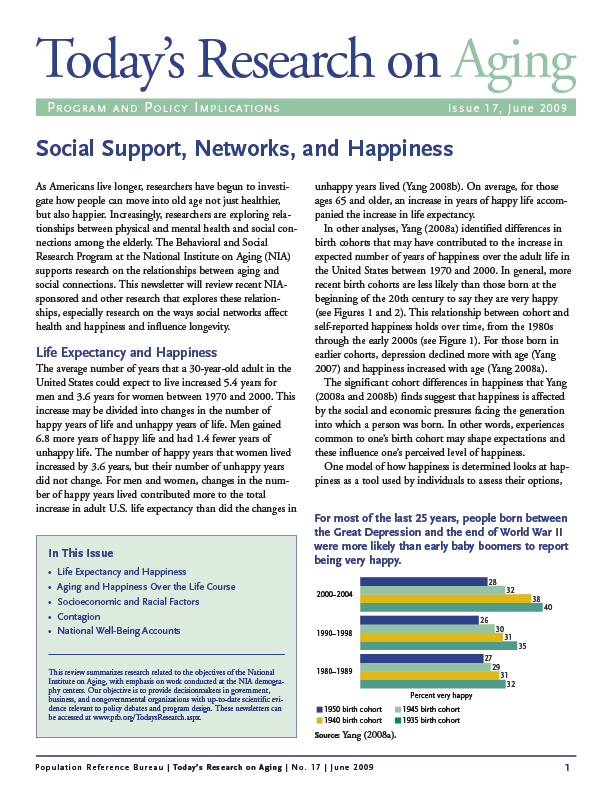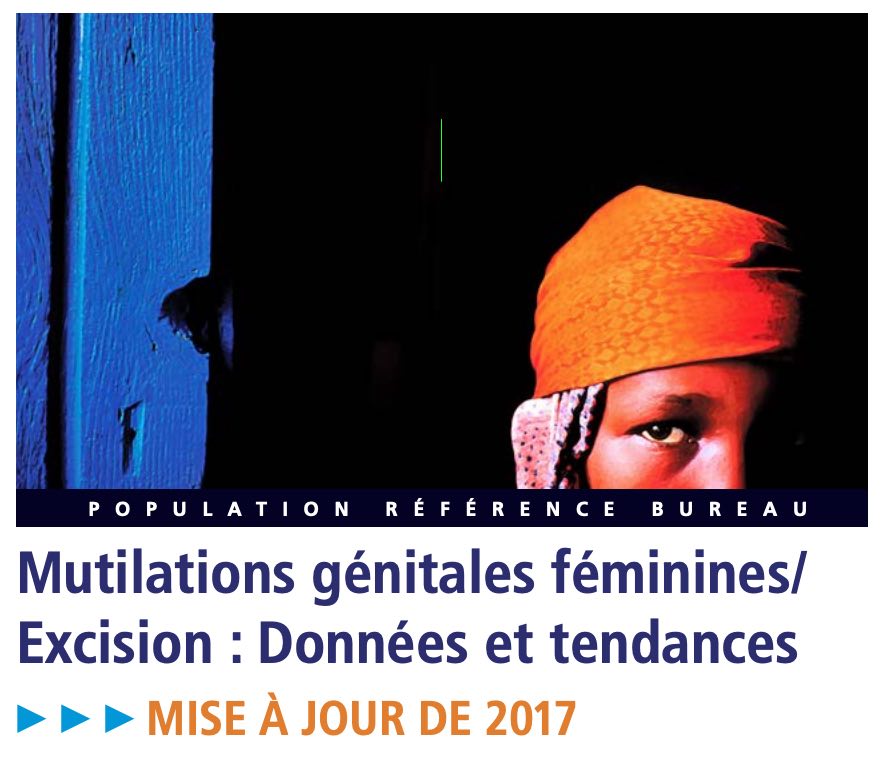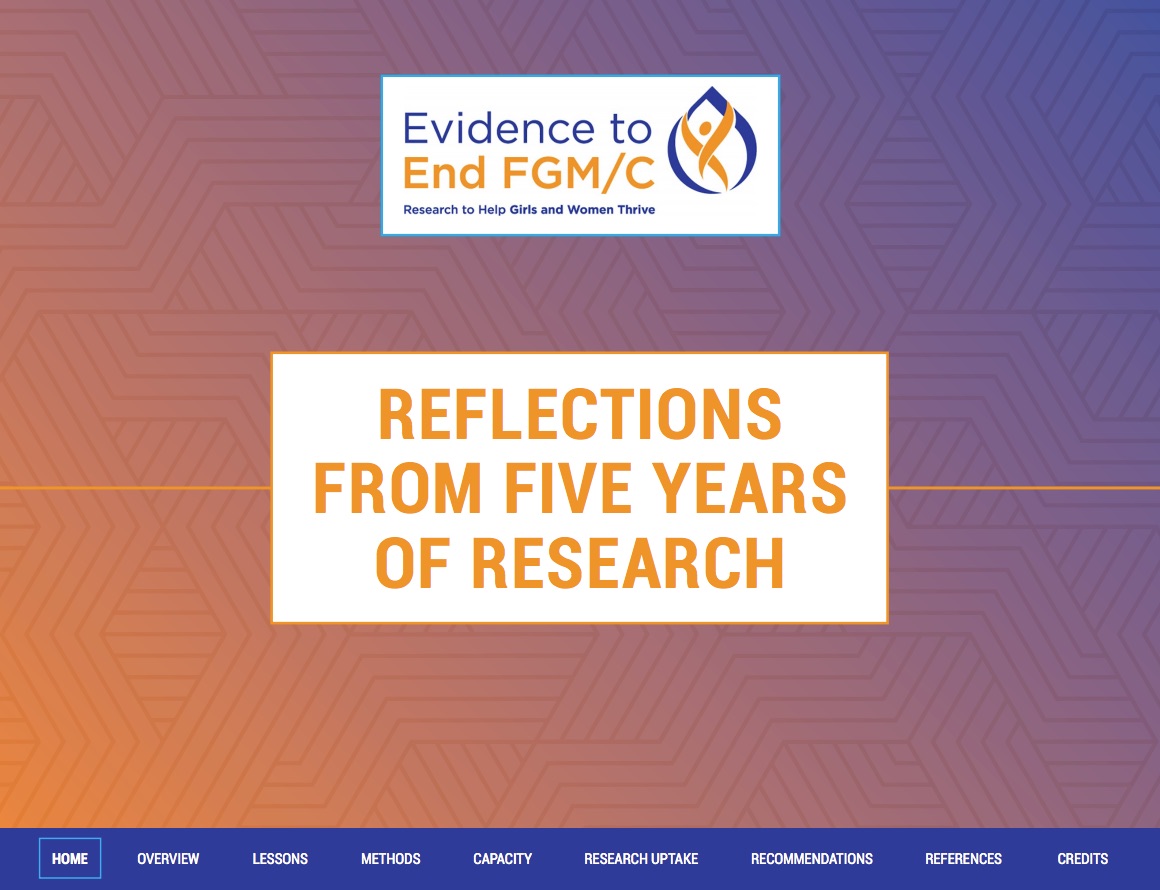Project: Demography and Economics of Aging and Alzheimer’s Disease
Social Support, Networks, and Happiness
As Americans live longer, researchers have begun to investigate how people can move into old age not just healthier, but also happier.

Project: Demography and Economics of Aging and Alzheimer’s Disease
As Americans live longer, researchers have begun to investigate how people can move into old age not just healthier, but also happier.

As Earth's population reaches the eight-billion milestone, we put it into context.

At the 15th Global Workshop of the National Transfer Accounts Network, PRB facilitated a discussion on how NTA research plays a crucial role in fulfilling countries’ commitments toward achieving the demographic dividend and fostering inclusive development.
(2000) This is the sixth in a series of profiles of the people who have most influenced thinking about population over the past century. The profiles bring you the insights of today's population specialists on the contributions of their predecessors and contemporaries.
(August 2002) Complications of pregnancy and childbirth are a leading cause of death and disability among women of reproductive age (ages 15 to 44) in less developed countries.

Project: PACE: Policy, Advocacy, and Communication Enhanced for Population and Reproductive Health
Female Genital Mutilation/Cutting: Data and Trends Update 2017, produced with support from the U.S. Agency for International Development, provides the latest data on the practice in 29 developing countries with representative and comparable data—although FGM/C occurs worldwide.

Project: Counting Women’s Work
Une stratégie de communication politique solide est un élément important du processus de changement politique réussi pour la prise en compte du travail domestique non rémunéré dans les politiques publiques et macro-économiques.

Project: Center for Public Information on Population Research (CPIPR)
In 2020, the U.S. TFR dropped to 1.64, the lowest level ever recorded.

Project: Evidence to End Female Genital Mutilation/Cutting
From 2015 to 2019, the African-led consortium developed innovative research methods and uncovered new evidence about the practice and how it is changing—focusing on families and communities, and health and legal systems—in eight countries: Burkina Faso, Egypt, Ethiopia, Kenya, Nigeria, Senegal, Somalia, and Sudan.